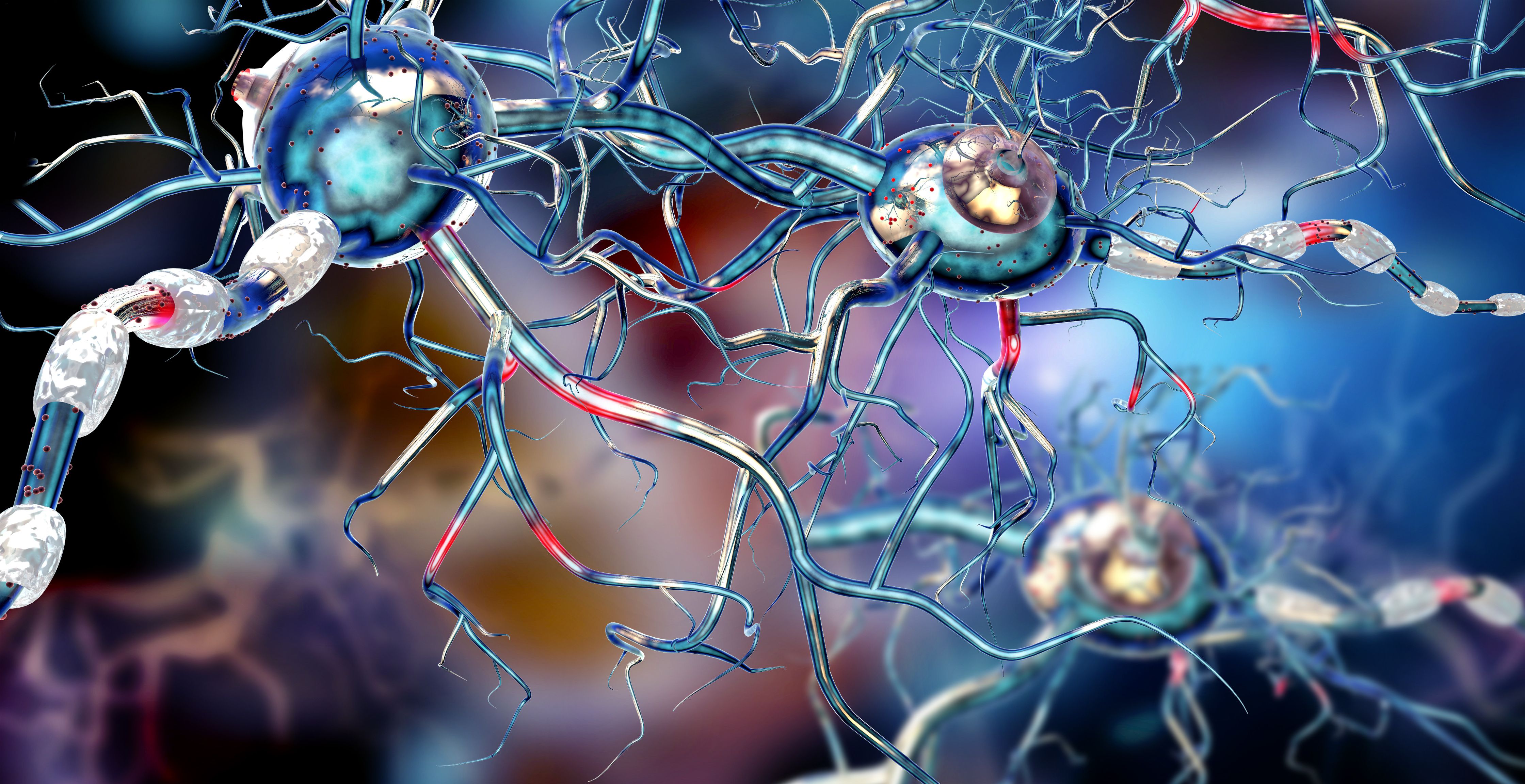Multiple Sclerosis Less Common Among HIV/AIDS Patients, Research Finds
An international study examines the possible inverse relationship between HIV/AIDS and multiple sclerosis (MS).
Damaged MS nerve © ralwel - stock.adobe.com

Although multiple sclerosis (MS) and HIV are both incurable, chronic diseases that involve T-cells, scientists may now be one step closer to finding another treatment for MS, thanks to a recently published study that found there are lower rates of multiple sclerosis (MS) in HIV-positive individuals and those undergoing antiretroviral treatment (ART).
The international study, led by Kyla A. McKay, Ph.D. and Jose M. A. Wijnands, and published by the Annals of Neurology, had two cohorts, one in Sweden and the other in British Columbia, Canada. It followed 29,163 patients from one year after their HIV diagnosis until the onset of their first MS symptom.
From 1992 to 2018, only 14 MS cases were reported when 26.19 cases were expected, meaning that HIV-positive people had a 47% lower incidence than predicted.
Researchers hypothesize that HIV leads to the loss of potentially MS-affected T-cells, therefore reducing MS occurrence. Eighty-six percent of patients also received ART during the study.
“It’s challenging for us to say definitively whether the results that we’ve found are related to the ART or the virus,” McKay said in an email. “We’re hopeful that it is the drugs, in the sense that these could then be repurposed potentially, for the treatment of MS. It is possible that both the virus and the drug exert an effect on MS risk. We just cannot conclude either way based on the results of our study.”
Previous studies in England, Taiwan, and Denmark were conducted by separate researchers and while the English study showed significantly lower rates of MS in HIV-positive patients, the authors say the sample size was too small. Taiwanese and Danish studies were inconclusive.
The authors suggest while the results of this current study are promising, further research is needed.